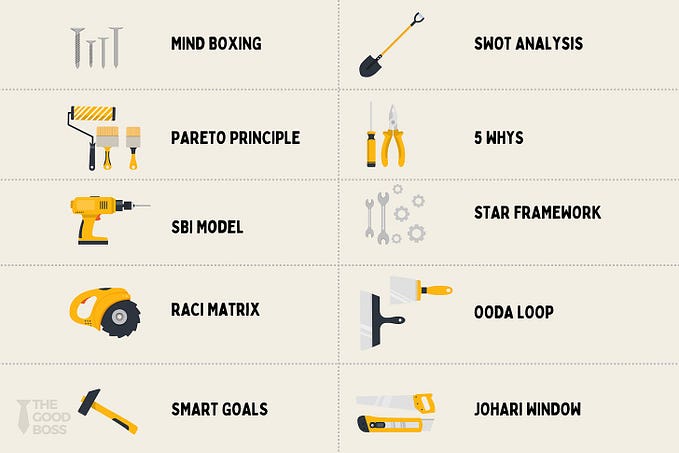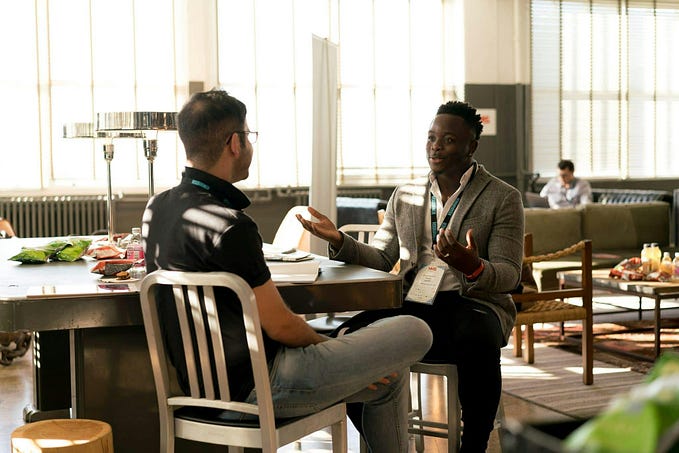Effective coaching techniques for Product Engineering teams
In my previous article, I explained how to improve the collaboration of cross-functional teams to create a culture of product and innovation. The key element in moving toward rapid product innovations is the product team itself. Every transformation plan must be started with this team and in this part, I would like to talk about 7 coaching techniques we tried in our team which helped us to move faster while everyone worked happier.
A technology product team usually has several Engineers, a Product Manager, a Product Designer, and some other roles. Regardless of the role and who each team member reports to, it is important to have a coach who influences the direction of the team. The coach doesn’t necessarily lead the team or any of the projects. She is there to ensure the team has enough focus and can perform at its best. This might look like an easy job but my personal experience was completely different. As a coach, you face various tricky situations and challenges and you should make sure the team can handle those situations properly. So let’s jump on the useful techniques to coach a product team to become an innovation driver.
1- Ensure the core team has a holistic view of their products

It’s super important that engineers and the rest of the team members know their products beyond the current task or problem they are solving. Regardless of someone’s role, if you want to make sure everyone can contribute on ideation, you should make sure they know in and out of the product. If you are not confident about the team’s knowledge of the product, then it’s better to start with some research sprints. One of the methods, helped us a lot in those research sprints was interviewing stakeholders and consumers of our products. For example, we interviewed a team that was producing video ads, which consumed our video player. These interviews helped us to understand various expectations and perspectives about our video player. Another useful resource for research is data and patterns. Look at the metrics and current stats. The coach must try her best to ensure engineers and designers understand these data and eventually the users’ pain points otherwise instead of building user-friendly products, you might end up building either tech-friendly or business-friendly products!
2- Keep analyzing and measuring the impact
Many people feel job satisfaction when they see the impact of their work and engineers are the same. Everyone on a product team, including engineers, should know that their job isn’t done when a new version is released. They should not only monitor any potential outages and bugs but also the product performance, user engagement and any other metric we intended to improve from the begininng. When we measure the impact and effectiveness of a release, then we will have a better judgment about the release was sufficient or should we reiterate and change something in the product. And believe me, it’s an amazing experience for every team member to see their positive impact on the business, users, and even the industry!
3- Dream big and inspire everyone

A good coach must be visionary and inspire the rest of the teams to be the same. Of course, we should pay attention to data and the existing facts, but we should not limit our vision and the direction we are moving toward with what we have. A visionary product team looks beyond what existed in the market and pushes the boundaries in the industry. Be the inspiring coach who encourages the designers and engineers to create revolutionary products.
Flying in the sky was impossible 100 years ago. We can now fly almost everywhere. Or even why we have to look so far. Just a few years ago, nobody could imagine they can find a partner with an app like Tinder! These impossibilities became a possibility because some people believed they could push the limits and change the definitions by questioning the status quo.
4- Ensure the knowledge is circulating

Knowledge is the source of many ideas and decisions. It’s always good to have knowledgeable people about a particular task, feature, user behavior, or data in the team. It’s easy and fast to rely on their information, but a coach should make sure the knowledge is not dependent on a particular person but it’s circulating. It’s a good practice if a coach advises that person to show the team how they can find that information. It might take some of the team members’ time but it is worth empowering them to become more effective in the long run.
Also the coach should pay attention to share the key learning to audiences bigger than the product team. It’s a good idea to have a regular product innovation guild meetings and dedicate some of the time in the guild meetings to review the learning of past discoveries to share the knowledge with wider audience especially the decision makers. (I explained about guilds in Creating a products and innovations culture)
5- Make the best use of the 1on1 sessions
It doesn’t matter who each team member is reporting to. Coaches should have regular 1on1 sessions with each member of the product team. A good coach is a good listener and identifies each person’s challenges and wishes and finds what enables them to be more active and creative. You can use your position by changing the processes or negotiating with the right people to improve the situation and make a comfortable and focused environment for everyone. Remember 1on1 sessions are great opportunities to reduce biases and distractions and even to influence people positively, to have bigger goals, wider perspectives, and to keep focus.
6- Encourage everyone to be patient! Making trust needs time

In the beginning, many people might resist new ideas. It is even starting with chaos! Everybody wants their own feature in the product. People might not listen to each other and insist on their own assumptions. Engineers might not believe in stakeholder knowledge about how the product works and stakeholders might not believe in product team knowledge over the business and how to sell it. A coach should keep everyone calm and encourage them to work closely with each other and avoid internal competitions.
Everyone needs time to understand that they need each other because everyone has a piece of the puzzle. We need time to learn if we work together, we can achieve more. Of course no matter it’s a product or sales or customer success team, they all belong to one company and one team!
7- Share the responsibilities and grow the next generation of leaders
To have continuous innovations, you should grow more leaders than followers. The best practice for leadership is to be in charge and lead. Innovation should not be dependent on a few certain creative people. It’s an excellent practice to rotate the responsibilities per project. It’s a brave move if an engineering manager assigns another engineer to become the tech lead of a project and drive the changes. It doesn’t matter if sometimes a junior designer led the UX research of a new idea. Don’t worry about the consequences and look at it as a valuable opportunity for the team members to deal with unknowns. We all learn way more and even faster when we deal with real challenges. Of course, coaches must ensure there is clear communication in the team and if the young leaders need a help of a senior person, they can get it ASAP. Sharing responsibilities helps a lot to make a Leader-leader environment rather than a Leader-follower one. Always remember the best managers are not the ones, that everything stuck or even break after they leave their position!






